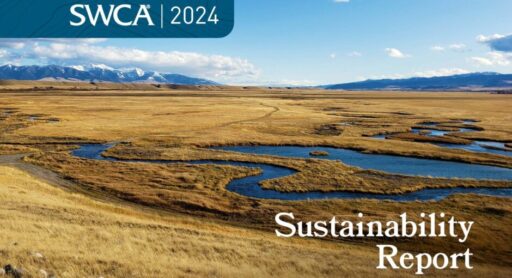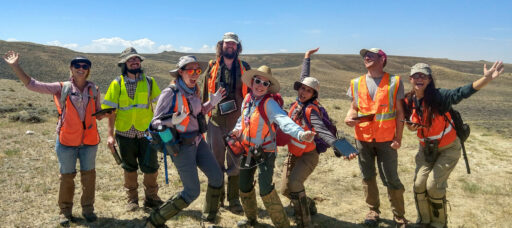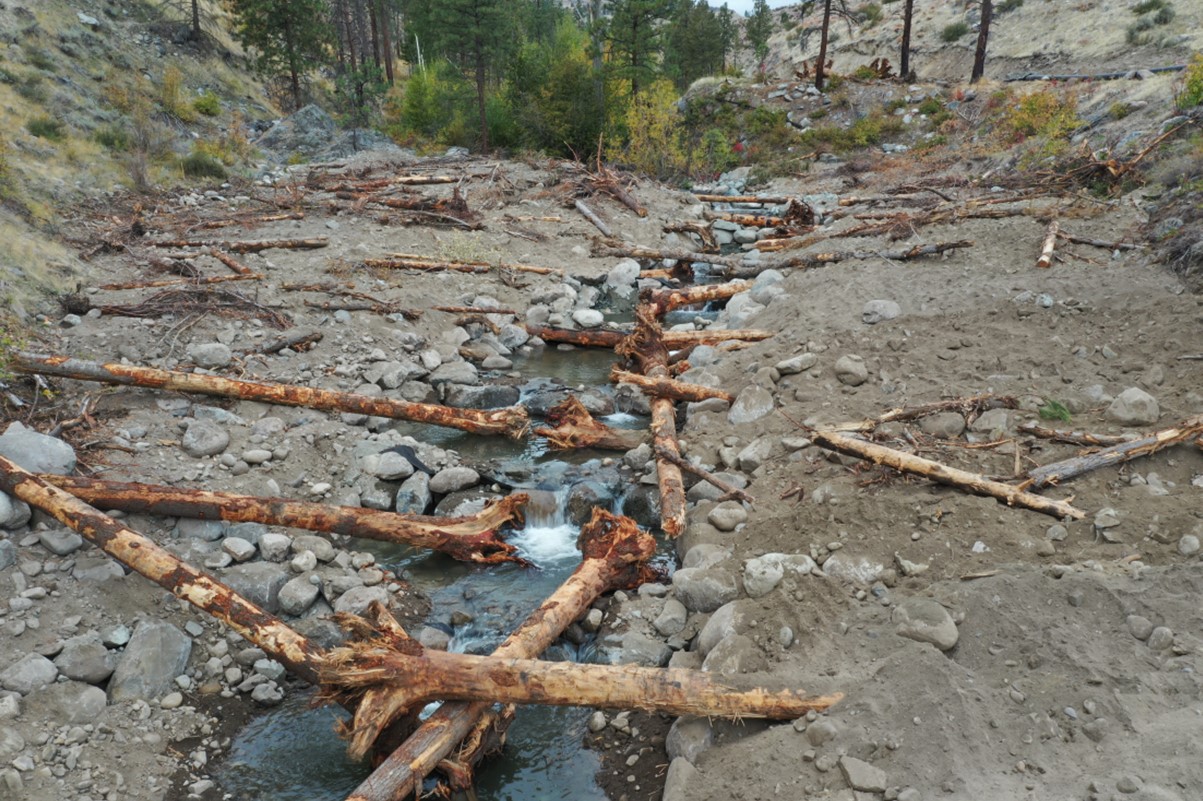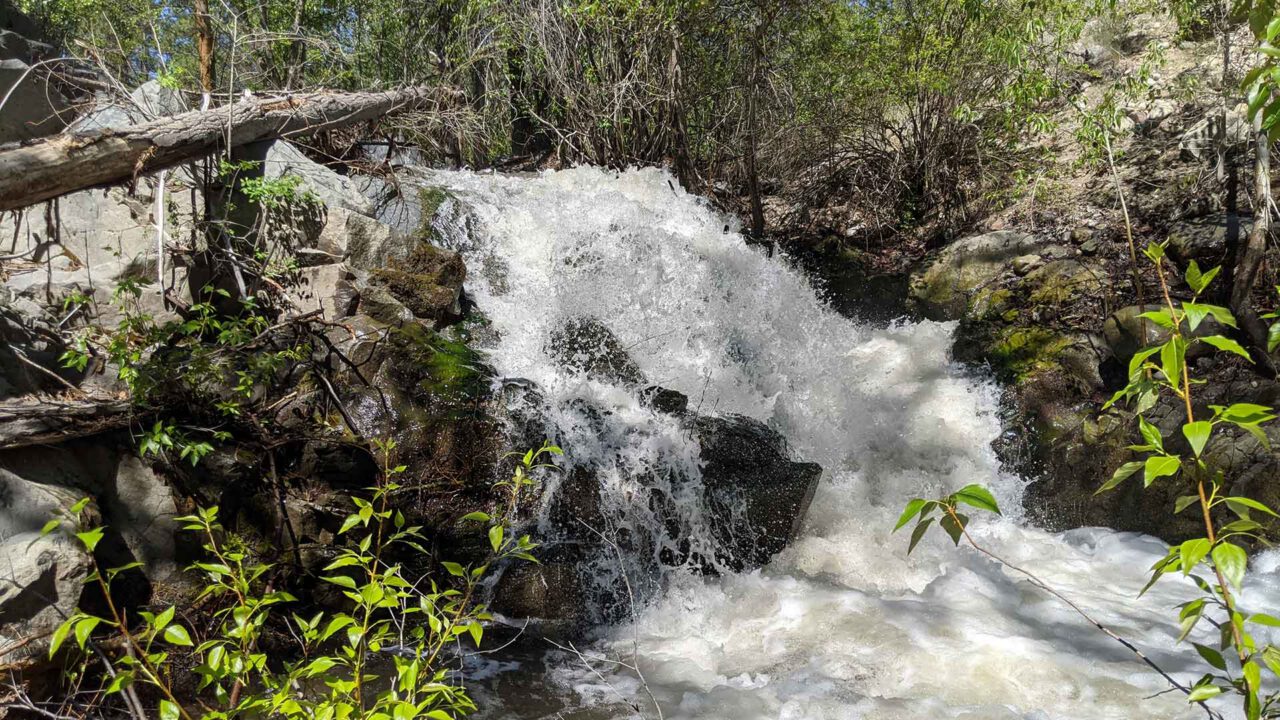2025
Comparably’s Best Company Outlook
* Providing engineering services in these locations through SWCA Environmental Consulting & Engineering, Inc., an affiliate of SWCA.

From the experts we hire, to the clients we partner with, our greatest opportunity for success lies in our ability to bring the best team together for every project.
That’s why:

At SWCA, sustainability means balancing humanity’s social, economic, and environmental needs to provide a healthy planet for future generations.

SWCA employs smart, talented, problem-solvers dedicated to our purpose of preserving natural and cultural resources for tomorrow while enabling projects that benefit people today.

At SWCA, you’re not just an employee. You’re an owner. Everyone you work with has a stake in your success, so your hard work pays off – for the clients, for the company, and for your retirement goals.
Restoring Pathways: Enhancing Fish Passage in Okanogan River Tributaries
Nestled in the rugged landscapes of the eastern Cascades in Washington, several tributaries of the Okanogan River, including Loup Loup Creek, have long been obstructed by natural barriers that prevent steelhead fish from reaching upstream spawning grounds. Recognizing the critical need for fish passage restoration, the Confederated Tribes of the Colville Reservation enlisted the expertise of River Design Group (RDG)* to transform these barriers into gateways for fish passage. This habitat restoration project aimed to open new spawning habitats for the federally listed summer steelhead, therefore ensuring their survival and contributing to the ecological health of the region.
Beginning in 2021, RDG initiated comprehensive environmental consulting services to develop effective fish passage solutions. The team conducted stream corridor reconnaissance and topographic surveys to characterize stream conditions and gather essential data for designing fish passage alternatives. These surveys were instrumental in developing hydraulic models to assess the passage potential for summer steelhead, a federally listed species that inhabits the region but often are unable to migrate to upper watershed habitats by natural waterfalls and cascades.
The team prepared detailed fish passage design reports and cost estimates outlining alternatives to improve fish passage at the barrier locations, which included natural step-pool channels constructed from large wood and boulders, concrete weirs, and technical fishways. Ultimately, a natural step-pool design was chosen for its ability to provide fish passage under a wide range of flows while allowing sediment transport to continue unimpeded. This design also minimizes potential operations and maintenance needs.

Step pool system that was constructed over the natural barrier along Loup Loup creek’s middle site
In 2023, the project moved into implementation with RDG providing permitting support, final design engineering, and construction oversight. One of the significant challenges was limited construction access in the narrow canyon. Through close collaboration with the construction contractor, the team successfully adapted the design to field conditions, specifically adjusting the construction access routes and dewatering techniques. These real-time engineering modifications ensured the successful restoration of fish passage. By 2024, summer steelhead were seen upstream in the newly accessible spawning habitats.

Natural waterfall barrier along Loup Loup Creek
Post-monitoring results from the first year of project operations confirmed the project successfully enhanced fish passage and habitat connectivity, both of which are crucial for the survival and recovery of the summer steelhead population. This project not only benefits the steelhead but also contributes to the overall health of the ecosystem by improving water quality and promoting biodiversity. The collaboration between RDG, the Confederated Tribes of the Colville Reservation, and the construction contractor exemplifies the effective teamwork and innovative solutions needed to overcome environmental and logistical challenges. The successful implementation of this project underscores our team’s commitment to ecological restoration and sustainable engineering practices, paving the way for future conservation efforts in the region.
*In July 2024, SWCA acquired River Design Group (RDG), allowing our team to better serve clients by expanding expertise and capabilities, a pivotal step toward being a global leader addressing sustainability, environmental and social challenges.